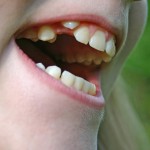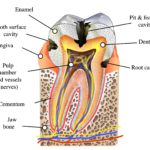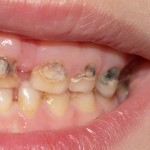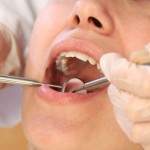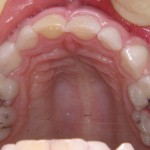
This overview comparing the success rates of various pulpotomy medicaments or techniques, and assessing the methodological quality of reviews included 8 systematic reviews. While most pulpotomy medicaments/techniques, except calcium hydroxide had success rates of 80% or more there is a lack of evidence on the choice of pulpotomy agent.
[read the full story...]

